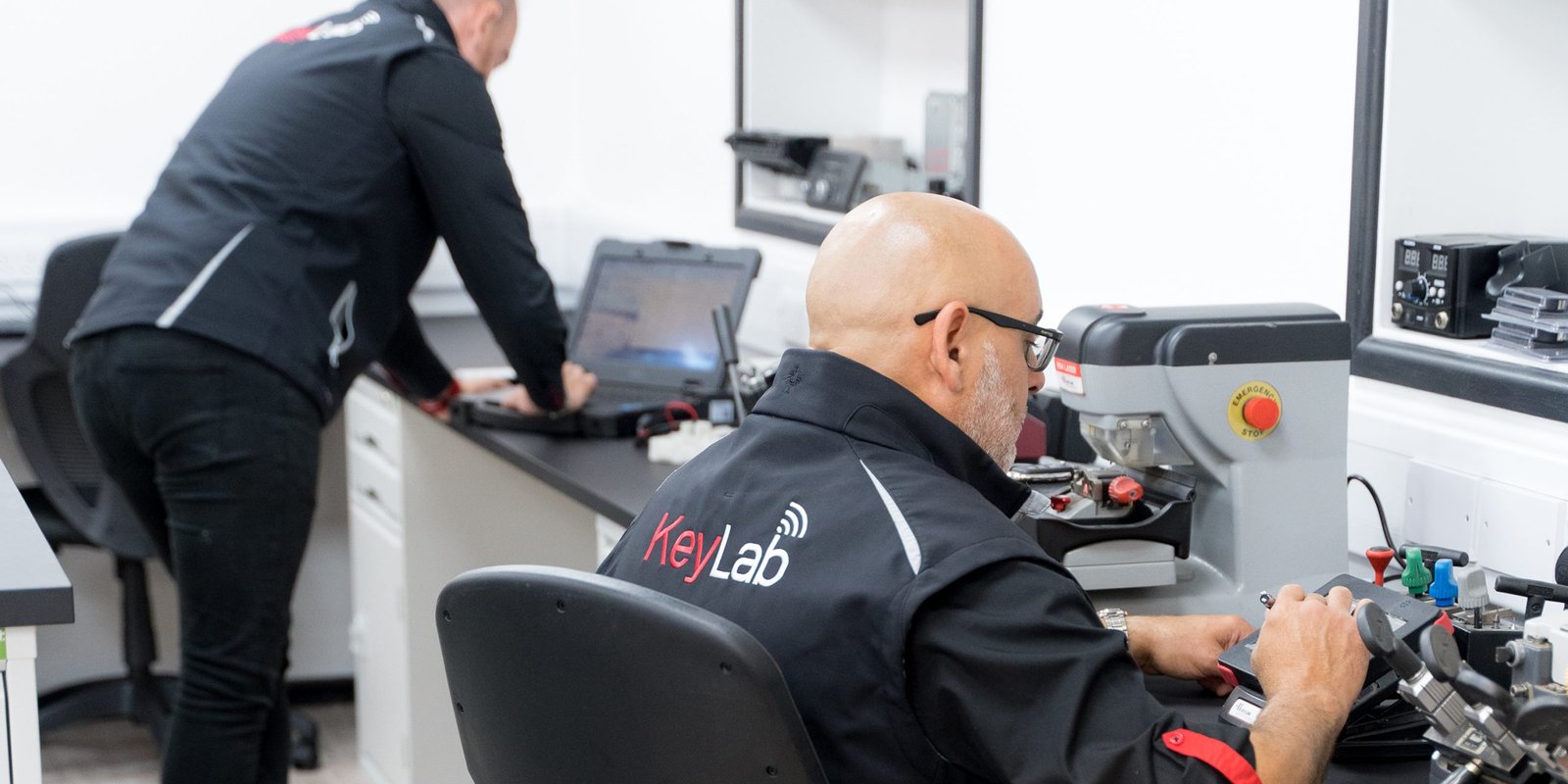Ghost Installations: Exploring the Phenomenon of Shadowy Properties
Intro
Ghost installations have actually long interested enthusiasts of the supernatural and the unexplained. The term typically refers to properties that are supposedly haunted, displaying paranormal activities, such as moving objects, mysterious sounds, and even phantoms. While Auto Ghost Watch in the supernatural is subjective, the phenomenon of ghost installations has actually sparked enormous interest in pop culture, folklore, and even some clinical circles. This short article delves deep into the concept of ghost installations, analyzing their history, typical features, and the ongoing discussions surrounding their credibility.
The History of Ghost Installations
The principle of haunted homes can be traced back throughout cultures and centuries. Historic accounts of ghost sightings and paranormal experiences often center around specific locations deemed 'haunted.' Some popular examples include:
| Location | Description |
|---|---|
| The Tower of London | Associated with various ghost sightings, consisting of that of Anne Boleyn. |
| The Stanley Hotel | Infamously known for inspiring Stephen King's "The Shining." |
| The Winchester Mystery House | A labyrinthine mansion believed to be haunted due to its strange design and building and construction. |
| The Myrtles Plantation | It's stated to be haunted by the ghosts of former servants and their owners. |
Cultural Significance
Ghost installations frequently reveal considerable cultural and historic narratives tied to the residential or commercial properties. Lots of places hold strong ties to regional folklore or pivotal events, making them main to community identity. The belief in hauntings serves several functions, from maintaining history to checking out styles of sorrow and memory.
Common Features of Ghost Installations
Individuals who declare to have experienced ghost installations typically report comparable phenomena. Common characteristics consist of:
Visual Apparitions
- Shadowy figures and full-body phantoms.
- Floating orbs of light caught in pictures.
Auditory Experiences
- Whispering voices, footsteps, and unexplained sounds.
- Abrupt temperature level drops followed by a feeling of being enjoyed.
Physical Interactions
- Things moving without description.
- Electronic gadgets spontaneously shutting off or malfunctioning.
The Science Behind Ghost Installations
While many lovers rely on subjective experiences and anecdotal evidence, the clinical neighborhood typically approaches ghost installations with skepticism. Several mental and ecological aspects can describe the experiences attributed to hauntings:
Psychological Factors
- Pareidolia: The propensity of humans to view familiar patterns, such as faces, in random stimuli, which can lead one to think they have actually seen a ghost.
- Mass Hysteria: Shared beliefs in paranormal phenomena can lead groups to experience similar sensations or hallucinations.
Environmental Factors
- Infrasound: Sub-auditory frequencies (listed below 20 Hz) may cause sensations of anxiety, adding to the perception of a haunting.
- Mold and Toxins: Some ecological toxic substances may cause neurological damage, resulting in hallucinations or misconceptions.
The Debate: Are Ghost Installations Real?
The existence of ghost installations remains a polarizing concern. While many swear by their experiences, doubters mention the absence of scientific evidence and sufficient empirical screening to validate supernatural claims. Some crucial arguments on both sides are as follows:
Arguments For Reality
- Personal testimonials deeply rooted in cultural beliefs.
- Historic significance connected to terrible events, enhancing the emotional weight of the locations.
Arguments Against Reality
- Scientific explanations for alleged supernatural events.
- Concerns associated with perception, dependability of memory, and suggestibility.
Ghost Installations in Popular Culture
The influence of ghost installations permeates pop culture, inspiring numerous scary movies, tv programs, and literature. From timeless tales such as "The Haunting of Hill House" to modern-day ghost-hunting series, the allure of haunted homes continues to captivate audiences worldwide. Here are some significant examples:
- The Shining - Stephen King's chilling novel depicts a haunted hotel filled with chilling encounters.
- Ghost Adventures - A popular tv series that explores various infamous haunted areas.
- Ghost Hunters - Features real-life paranormal private investigators trying to validate claims of hauntings.
Ghost Installations and Tourism
In the last few years, ghost installations have transformed into traveler attractions, with lots of locations arranging assisted trips highlighting their haunted histories. These tours frequently highlight storytelling, neighborhood interaction, and the chance to experience the paranormal direct, consequently reviving local folklore.
FAQs About Ghost Installations
Q1: What is a ghost installation?
A: A ghost installation describes a building or place generally related to supernatural incidents or hauntings.
Q2: How can you inform if a location is haunted?
A: Signs may include unexplained sounds, cold areas, items moving, and sightings of apparitions.
Q3: Are ghost trips scientifically valid?
A: Ghost trips are mostly experiential and based on anecdotal evidence; hence, their scientific validity is frequently discussed.
Q4: Can ghost installations be unmasked?
A: Many reports can often be credited to mental phenomena, ecological factors, or folklore rather than real ghostly encounters.
Ghost installations evoke deep-rooted fascination incorporating mythology, history, psychology, and culture. While believers argue for the existence of supernatural phenomena within particular areas, doubters provide scientific explanations to enhance reasonable understanding. No matter one's position on the credibility of ghost installations, they certainly hold a continuous place within human curiosity, guaranteeing their stories are shared for generations to come. In this world of shadows and whispers, the line between the recognized and the unknown continues to blur, welcoming explorers of all kinds to discover what lies beyond the veil.

